The pandemic of new coronavirus illness (COVID-19) is an unparalleled public health threat. According to studies, SARS-CoV-2 is transmitted mostly through contaminated droplets exhaled by sick patients, such as through coughing or sneezing. Individuals can be infected either directly or indirectly by fomites. Direct contact transmission occurs when infected people come into touch with saliva, respiratory secretions, or droplets that are expelled through coughing, sneezing, or speaking. Indirect contact transmission occurs when a susceptible host comes into contact with a contaminated object or surface (fomite transmission). The use of Nanoparticles in medicine has recently been hailed as ground-breaking, as it enables for accurate diagnosis and treatment of multiple diseases at once. Because of its small size, low toxicity, electrical charge, and chemical plasticity, a generic medicine can overcome a variety of barriers encountered during administration. SARS-CoV-2 entry and life cycle can be targeted with NP treatment. Several companies are continuously turning away from traditional SARS-CoV-2 treatment and preventive efforts in favor of employing nanotechnology to create and test various types of vaccines and therapies. Alternatives to this shift in the research and development paradigm could include nanotechnology and nanomedicine.
- Theranostic Nanoparticles
- Intranasal Delivery Therapy
- Pulmonary Delivery Using NP
- Nanotechnology-Based Diagnosis
- Nanotechnology-Based Vaccine Development
- Role of Nanotech in COVID
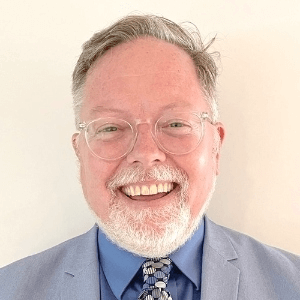
Thomas J Webster
Hebei University of Technology, United States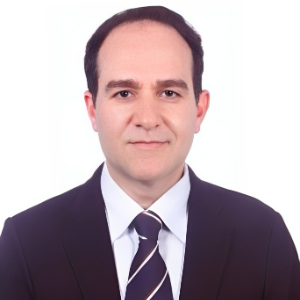
Hossein Hosseinkhani
Innovation Center for Advanced Technology, Matrix, Inc., United States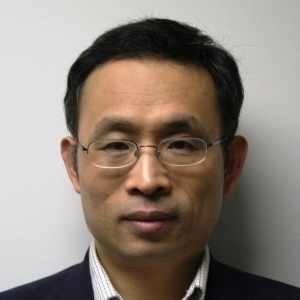
Hai Feng Ji
Drexel University, United States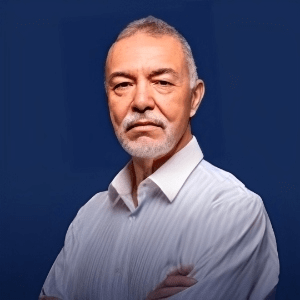
Paulo Cesar De Morais
Catholic University of Brasilia, Brazil
Azzedine Bensalem
Long Island University, United States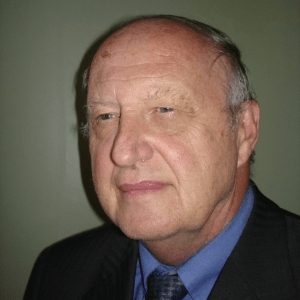
Robert Buenker
Wuppertal University, Germany
Rafal Kozubski
Jagiellonian University in Krakow, Poland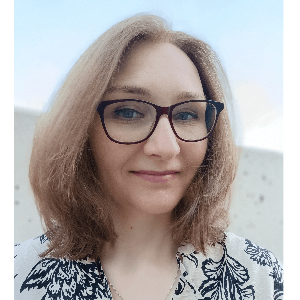
Sylwia Wcislik
Kielce University of Technology, Poland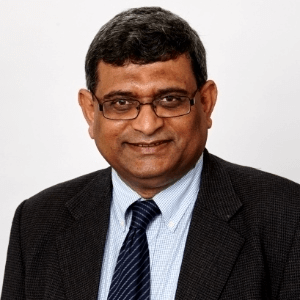
Raman Singh
Monash University-Clayton Campus, Australia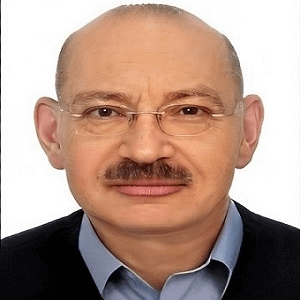


Title : Circumventing challenges in developing CVD graphene coating on mild steel: A disruptive approach to remarkable/durable corrosion resistance
Raman Singh, Monash University-Clayton Campus, Australia
Title : Highlighting recent advancements in electromagnetic field subwavelength tailoring using nanoparticle resonant light scattering and related topics
Michael I Tribelsky, Moscow State University, Russian Federation
Title : The impact of nanomedicine: 30,000 orthopedic nano implants with no failures and still counting
Thomas J Webster, Hebei University of Technology, United States
Title : Logistic-modified mathematical model for tumor growth treated with nanosized cargo delivery system
Paulo Cesar De Morais, Catholic University of Brasilia, Brazil
Title : Current and future of red and black phosphorus nanomaterials
Hai Feng Ji, Drexel University, United States
Title : Azodye photoaligned nanolayers for liquid crystal: New trends
Vladimir G Chigrinov, Hong Kong University of Science and Technology, Hong Kong
Title : Atomistic simulation of chemical ordering phenomena in nanostructured intermetallics
Rafal Kozubski, Jagiellonian University in Krakow, Poland
Title : The enhanced cytotoxic effect of curcumin on leukemic stem cells via CD123-targeted nanoparticles
Wariya Nirachonkul, Chiang Mai University, Thailand
Title : Efficiency of nanoparticles (Micromage-B) in the complex treatment of multiple sclerosis
Andrey Belousov, Kharkiv National Medical University, Ukraine
Title : Innovative method of nanotechnology application in the complex treatment of multiple sclerosis
Andrey Belousov, Kharkiv National Medical University, Ukraine